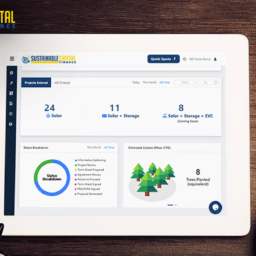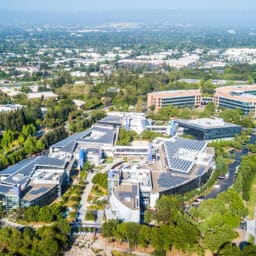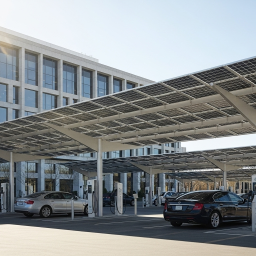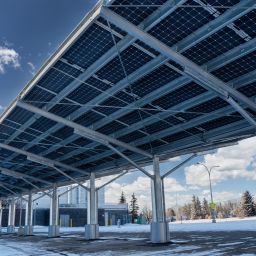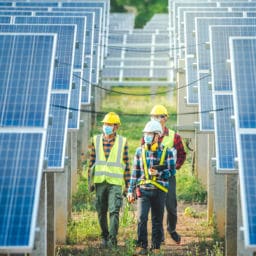When evaluating PPA opportunities for Solar PV projects, soft costs often don’t get enough consideration. For most financiers, there’s a general budget for each category of soft costs and that number doesn’t get reevaluated despite the nuances of a project. Soft costs include the following:
- Legal Fees – to review documents like PPAs, EPCs and Site Leases
- Accounting Fees – to review the eligibility of system costs per IRS guidelines
- Real Estate – depending on the type of project being built, a number of different fees can come into play to assure the financier that the off taker is the legal owner of the site and that the project being built does not intrude on any existing encumbrances.
- Independent Engineering – For every project, an independent engineer needs to evaluate the system being built to confirm that it meets local and national building codes, that the system is built to specification, and that the system will meet the production estimates that are built into the financial modeling
For larger projects (Utility Scale), soft costs are impactful, but relatively, to a lesser extent. For smaller projects in the Commercial and Industrial (C&I) market, soft costs can be very impactful, and can 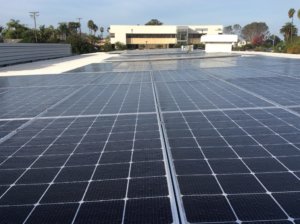 actually derail many projects financially. If a project incurs $100K in soft costs for a 5 MW project that can be built for $1.75/watt, (5 MW x $1.75 = $8.75M in total build costs), then as a percentage, soft costs equate to a little more than 1% of the overall project cost ($100K/$8.75M = 1.1%). For a 200 kW system with a $2.25/watt build cost (200 kW x $2.25 = $450K), and $50K of soft costs, 11% is added to the overall project cost; a substantial amount for a project that may be difficult to finance in the first place. If small projects have trouble creating economies of scale with regards to soft costs, it’s fair to ponder, how do residential projects ever get financed then? The simple answer is standardization. Companies like Vivint, Sunrun, and Solar City use the same contracts and don’t expose themselves to lengthy negotiations with several red-lines being lobbed back-and-forth. It’s pretty much a take it or leave it proposition. By utilizing common documentation, one of the main drivers of soft costs, namely legal support, is effectively negated.
actually derail many projects financially. If a project incurs $100K in soft costs for a 5 MW project that can be built for $1.75/watt, (5 MW x $1.75 = $8.75M in total build costs), then as a percentage, soft costs equate to a little more than 1% of the overall project cost ($100K/$8.75M = 1.1%). For a 200 kW system with a $2.25/watt build cost (200 kW x $2.25 = $450K), and $50K of soft costs, 11% is added to the overall project cost; a substantial amount for a project that may be difficult to finance in the first place. If small projects have trouble creating economies of scale with regards to soft costs, it’s fair to ponder, how do residential projects ever get financed then? The simple answer is standardization. Companies like Vivint, Sunrun, and Solar City use the same contracts and don’t expose themselves to lengthy negotiations with several red-lines being lobbed back-and-forth. It’s pretty much a take it or leave it proposition. By utilizing common documentation, one of the main drivers of soft costs, namely legal support, is effectively negated.
So, how can we achieve similar soft cost reductions and economies of scale for the small C&I market? Another way of stating that would be, “How can we make small and medium sized C&I look more like the residential market?” This is the task that SCF has set for itself. Over several years and through the use of the SCF Suite (SCF’s online project pricing, and management software offered to all of its EPC and Developer partners), and standardization of processes and documentation, SCF has been able to significantly reduce costs related to legal, accounting, independent engineering and asset management . This has allowed SCF to reduce its minimum project size to 100 kW, with a focus of an even lower minimum over time. By taming the soft cost beast, SCF is able to provide financing to the sorely neglected small to medium size C&I market.
To learn more about how to partner with SCF please fill our brief partner survey.
About Sustainable Capital Finance:


